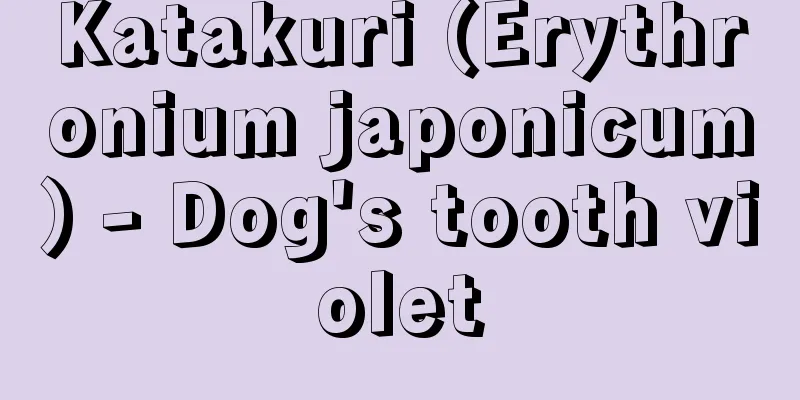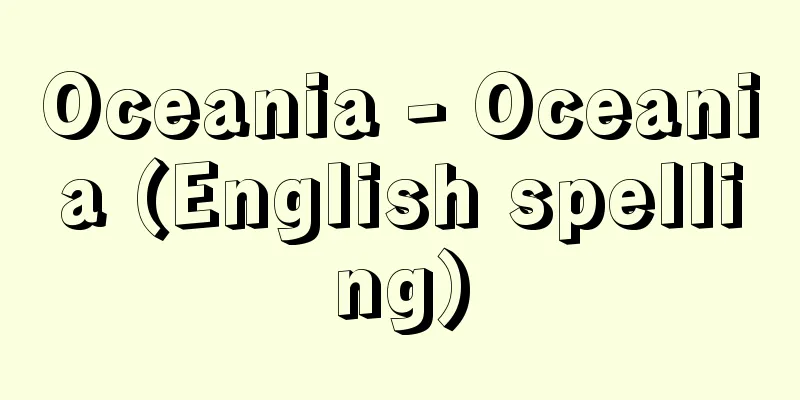Shigenori Ohara

|
He was an anti-shogunate court noble who opposed the Imperial Court-Shogunate Union during the Meiji Restoration. He was born on October 16, 1st year of the Kyowa Era. In 1858 (Ansei 5), he participated in a petition by the Eight Nobles in opposition to the Imperial approval of the Treaty of Amity and Commerce between the United States and Japan. In 1862 (Bunkyu 2), when the Imperial Court accepted Shimazu Hisamitsu's proposal for the Imperial Court-Shogunate Union, which included the appointment of Tokugawa Yoshinobu and Matsudaira Yoshinaga, he was appointed as an Imperial envoy to order this to the Shogunate. He went to Edo with Hisamitsu and led successful negotiations with the Shogunate. During this time, he revised the Imperial Edict to avoid conflict between Satsuma and Choshu. In December of the same year, he was appointed to the newly established National Affairs Office and rose to the center of the Imperial Court, but the following year he resigned from his post and became a nun for the crime of revising the Imperial Edict. He was pardoned in 1864 (Genji 1). In August 1866 (Keio 2), after the Second Choshu Expedition, he led a procession of twenty-two courtiers to submit petitions critical of the shogunate, and was confined to his home. In December of the following year, he joined the government established by the Restoration of Imperial Rule as an advisor, and since then he has served as Governor of the Kasamatsu Court, Governor of the Criminal Court, Councillor, Chairman of the Upper Bureau, and Chief Secretary of the House of Councillors, and was granted a permanent stipend of 1,000 koku for his contributions to the Restoration. In 1870 (Meiji 3), he retired from office as Jako no Mashiko. He was a representative politician with a background in courtiers. He died on April 1, 1879. His grave is in Yanaka, Tokyo. [Inoue Isao] ©Shogakukan Library "> Ohara Shigenori Source: Shogakukan Encyclopedia Nipponica About Encyclopedia Nipponica Information | Legend |
|
幕末・維新期の公武合体、反幕派の公家(くげ)。享和(きょうわ)元年10月16日生まれ。1858年(安政5)日米修好通商条約の勅許に反対して八八卿(きょう)の列参奏上に参画。1862年(文久2)朝廷が徳川慶喜(よしのぶ)、松平慶永(よしなが)登用を内容とする島津久光(ひさみつ)の公武合体の建言をいれた際に、これを幕府に命ずるための勅使に任ぜられ、久光とともに江戸に赴き対幕折衝を成功に導いた。この間、薩長(さっちょう)の対立を避けるため勅書を改文した。同年12月新設の国事御用掛に任命され、朝廷の中枢に登ったが、翌年、勅書改文の罪により辞官、落飾した。1864年(元治1)赦免。第二次長州征伐戦後の1866年(慶応2)8月、幕府批判の二二廷臣列参奏上を指導し、閉門された。翌年12月、王政復古によって誕生した政権に参与として加わり、以来、笠松裁判所総督、刑法官知事、議定(ぎじょう)、上局議長、集議院長官を歴任し、維新の功により賞典禄(しょうてんろく)1000石を永世下賜された。1870年(明治3)退官、麝香間祗候(じゃこうのましこう)。廷臣出身の代表的な政治家であった。明治12年4月1日没。墓地は東京・谷中(やなか)にある。 [井上 勲] ©小学館ライブラリー"> 大原重徳 出典 小学館 日本大百科全書(ニッポニカ)日本大百科全書(ニッポニカ)について 情報 | 凡例 |
<<: Ohara Institute for Social Research - Ohara Institute for Social Research
>>: Great Purification - Oharae
Recommend
Telegraph - denshin (English spelling)
A type of signal transmission method in telecommu...
L/D Program Orbit - L/D Program Orbit
…In contrast, in a lift trajectory, the decelerat...
Manchuria Daily Newspaper - Manshu Nichi Nichi Shimbun
A Japanese-language daily newspaper published in M...
Merkel's disc
…The sensory receptors are as follows, but the di...
Imo-meji
In tiles, stone masonry, brick masonry, etc., vert...
Ulsan Fortress Site
...A city on the Sea of Japan coast of South Gy...
Ananta
…Vāsuki and other dragon kings rule over this wor...
Saita salt - Saitajio
This refers to salt produced at the Muya Salt Fiel...
Labor pains
… [Birth output] The birth force consists of uter...
sociabilité (English spelling)
For example, sociologist G. Simmel assumed a pure...
Chojiro - Chojiro
Year of birth: Year of birth and death unknown A R...
Stockholm - Stockholm
The capital of Sweden. Occupying both sides of th...
Local Governors' Conference - Chihochokankaigi
A conference convened by the Minister of Home Affa...
Yakut (Autonomous Republic) (English spelling)
…A republic belonging to the Russian Federation. ...
Diffusion dialysis - Kakusan Touseki
…The phenomenon in which solute molecules move th...
![Bel canto (English spelling) bel canto [Italy]](/upload/images/67cccc33654b2.webp)

![Kitashigeyasu [town] - Kitashigeyasu](/upload/images/67cb53407c66b.webp)






